Have you ever noticed how your cat curls up beside you when the world is quiet, but scurries away the moment chaos erupts? There’s something mysterious and magical about the way cats seem to melt into moments of silence. While many pet owners assume that play, chatter, and loud affection are the best ways to build a bond, the truth is quietly astonishing: cats connect more deeply in the hush of stillness than in the clamor of noise. If you’ve ever wondered why your feline friend purrs contentedly during early morning calm or seeks out a silent corner, you’re about to uncover the surprising science and soul behind this feline fondness for peace. Prepare to see your relationship with your cat in a whole new, quieter light.
The Natural Instincts of Cats

Cats, both wild and domestic, are creatures built for stealth and subtlety. Their ancestors survived by blending into their surroundings, stalking prey in total silence. This instinct still lingers in our household companions. Even as they lounge on our couches, cats stay attuned to the quiet, always ready to pounce or hide at a moment’s notice. Loud noises trigger their flight response, making them wary and withdrawn. In contrast, a silent environment feels safe, allowing them to let their guard down and form attachments. When the world is quiet, cats feel more relaxed, and that’s when bonding can truly begin.
How Silence Builds Trust
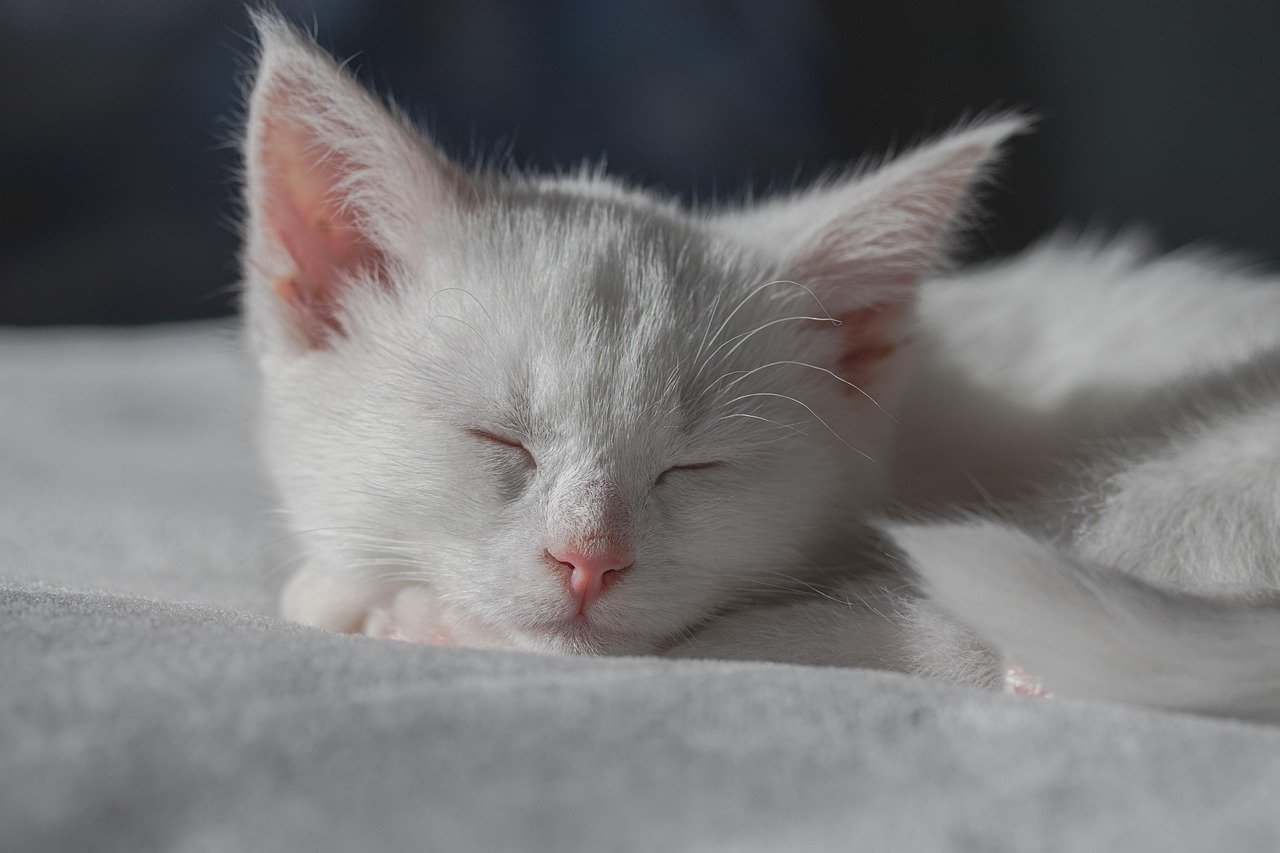
Trust is the foundation of any strong bond, especially with cats. Silence plays a key role in this delicate process. When humans remain calm and quiet, they signal to the cat that there is no danger nearby. This atmosphere helps a cat feel secure enough to approach and interact. In noisy settings, cats may misinterpret sounds as threats, becoming suspicious or anxious. Over time, repeated exposure to peaceful moments cements a deep sense of trust, paving the way for genuine affection. If you’re patient and speak softly—or not at all—you’ll find your cat reciprocating with gentle nudges or a warm presence by your side.
The Power of Non-Verbal Communication

Cats are masters of body language. A flick of the tail, a slow blink, or a gentle head bump says more to them than words ever could. In silence, these subtle signals become clearer and more meaningful. Humans who learn to “speak cat” by watching and responding to these cues create a stronger bond. Silence allows you to focus on your cat’s movements, expressions, and moods. By mirroring their actions or simply sitting still, you communicate understanding and respect. Sometimes, the loudest message you can send your cat is no message at all—just your quiet, reassuring presence.
Noise as a Source of Stress

Imagine living in a world where every sudden sound feels like an alarm. For many cats, that’s a daily reality. Loud noises—doorbells, television, shouting—can spike their stress levels and send them scurrying for cover. Chronic noise exposure has even been linked to health issues in cats, like digestive troubles and behavioral changes. In a home filled with clamor, cats become hypersensitive, always on edge and less likely to come close. Silence, on the other hand, soothes their nerves and creates a safe space where they can let their guard down and bond without fear.
The Role of Routine and Quiet Time

Cats thrive on routine, and quiet moments quickly become their favorite rituals. Whether it’s the peaceful lull of early morning or the calm before bedtime, these silent intervals are when cats seek closeness. They learn to anticipate gentle strokes or cozy cuddles when the world is quiet. Establishing daily quiet time—perhaps after dinner or during a lazy afternoon—signals to your cat that it’s safe to connect. Over time, these rituals reinforce your bond, making your cat more likely to trust and seek out your company during peaceful moments.
Listening to Your Cat’s Needs

Every cat is different, but most prefer environments where they can control the noise around them. Some cats are more tolerant of sound, while others startle easily. By paying attention to their reactions, you can adjust your behavior to suit their comfort level. If your cat hides during loud events or avoids busy rooms, it’s a clear sign that they crave silence. Respecting their preferences shows empathy and helps your cat feel understood. Cats remember kindness, especially when it comes in the form of quiet companionship.
Bonding Through Shared Stillness
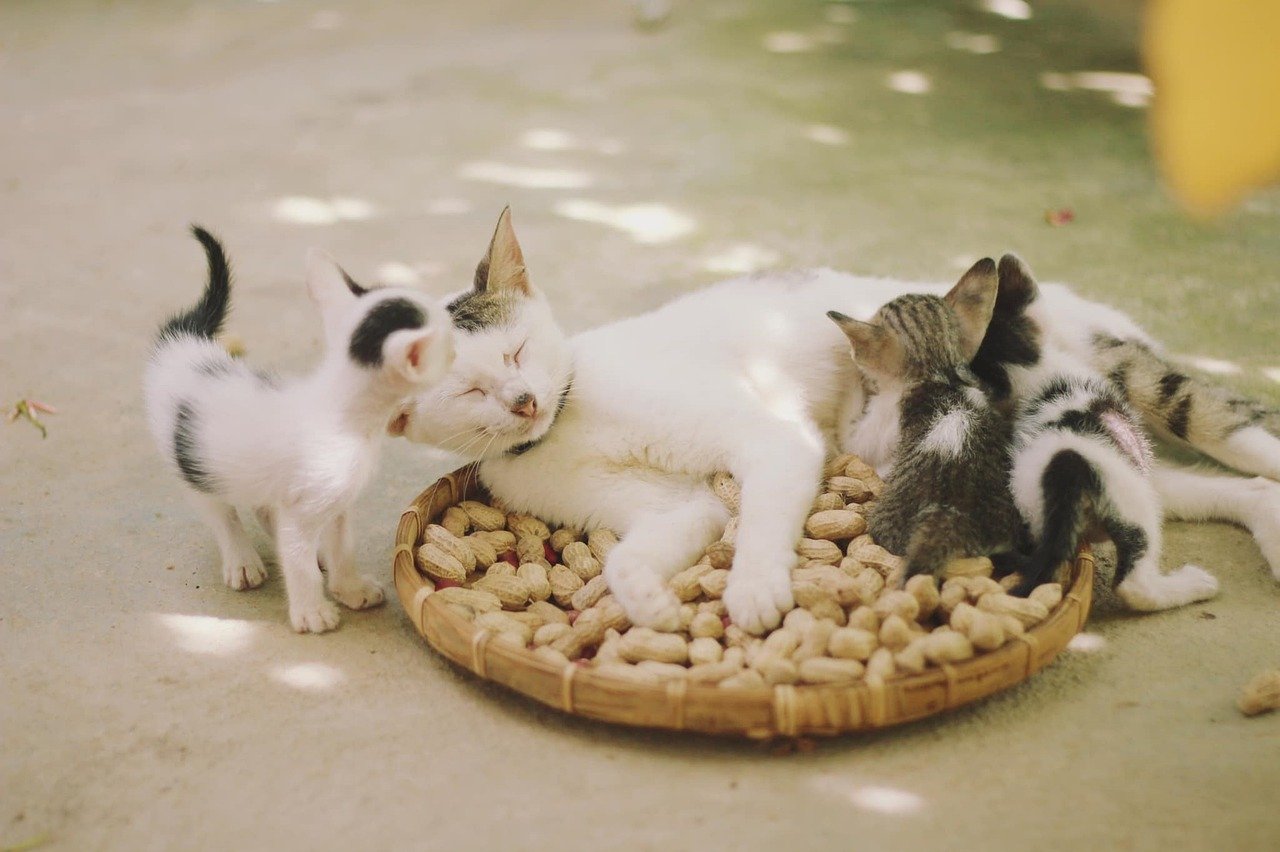
There’s something profoundly moving about sitting in silence with a cat. These shared moments—when neither of you says a word, but both feel each other’s warmth—are the backbone of a strong bond. Cats often show their affection by choosing to be near you during these peaceful pauses. Whether they curl up on your lap or stretch out beside you on the couch, their silent presence is a powerful expression of trust. Don’t underestimate the bonding power of simply being together, breathing in sync, with no need for noise or distraction.
Why Loud Affection Can Backfire
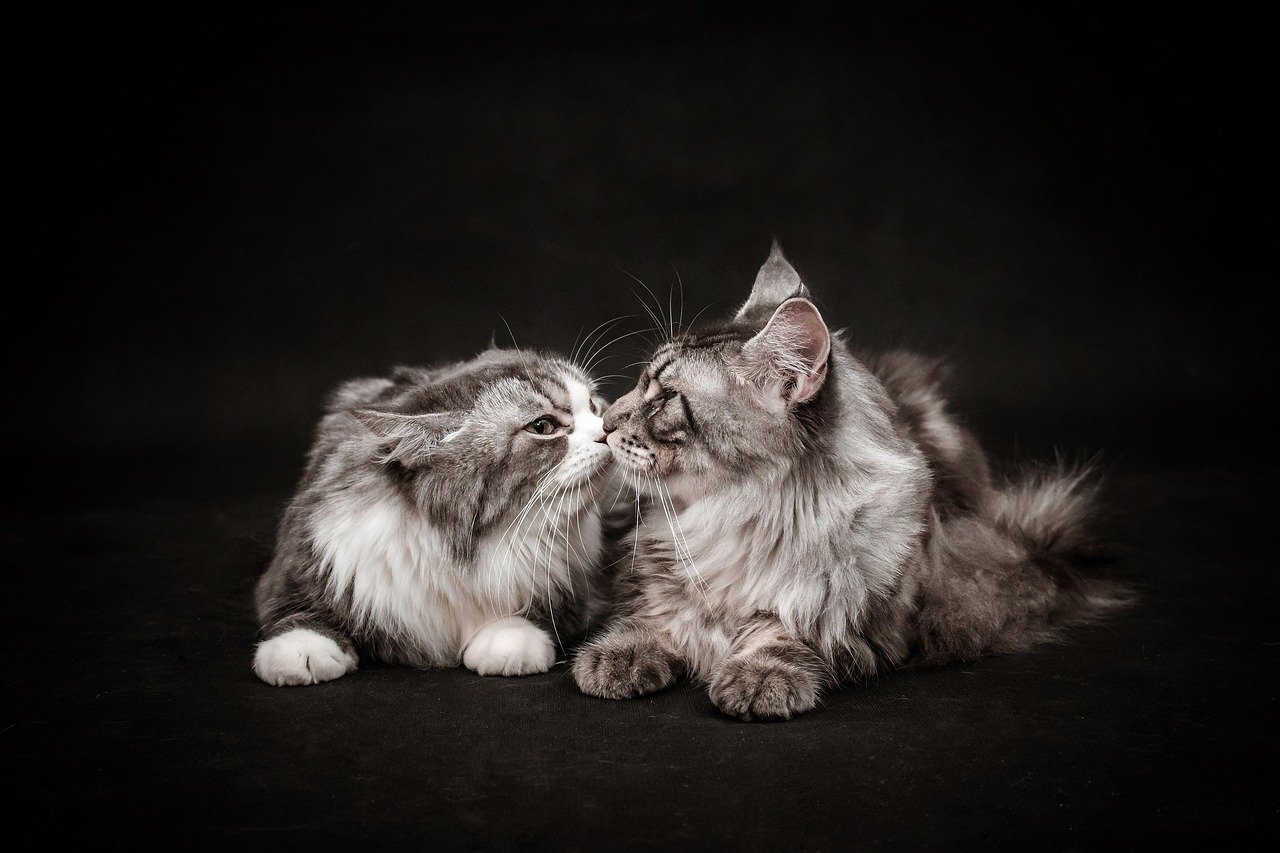
Many well-meaning cat owners try to bond by showering their pets with noisy enthusiasm. However, loud voices, sudden movements, or boisterous play can make cats feel overwhelmed or threatened. Instead of drawing your cat closer, these actions may drive them away. Cats interpret loud affection as unpredictable and potentially dangerous. For a deeper connection, tone down the excitement and let your actions speak softly. Gentle touches, slow blinks, and quiet presence are far more effective at winning a cat’s heart.
Creating a Peaceful Environment

Your home’s atmosphere can make a world of difference in your cat’s happiness. Soft lighting, cozy corners, and minimal background noise help cats feel safe. Consider turning off loud appliances, lowering the TV volume, or playing gentle, calming music if total silence isn’t possible. A peaceful environment isn’t just good for your cat—it’s good for you, too. Both you and your feline friend will benefit from a tranquil space where stress melts away and closeness can flourish.
Understanding Cat Purring and Silence
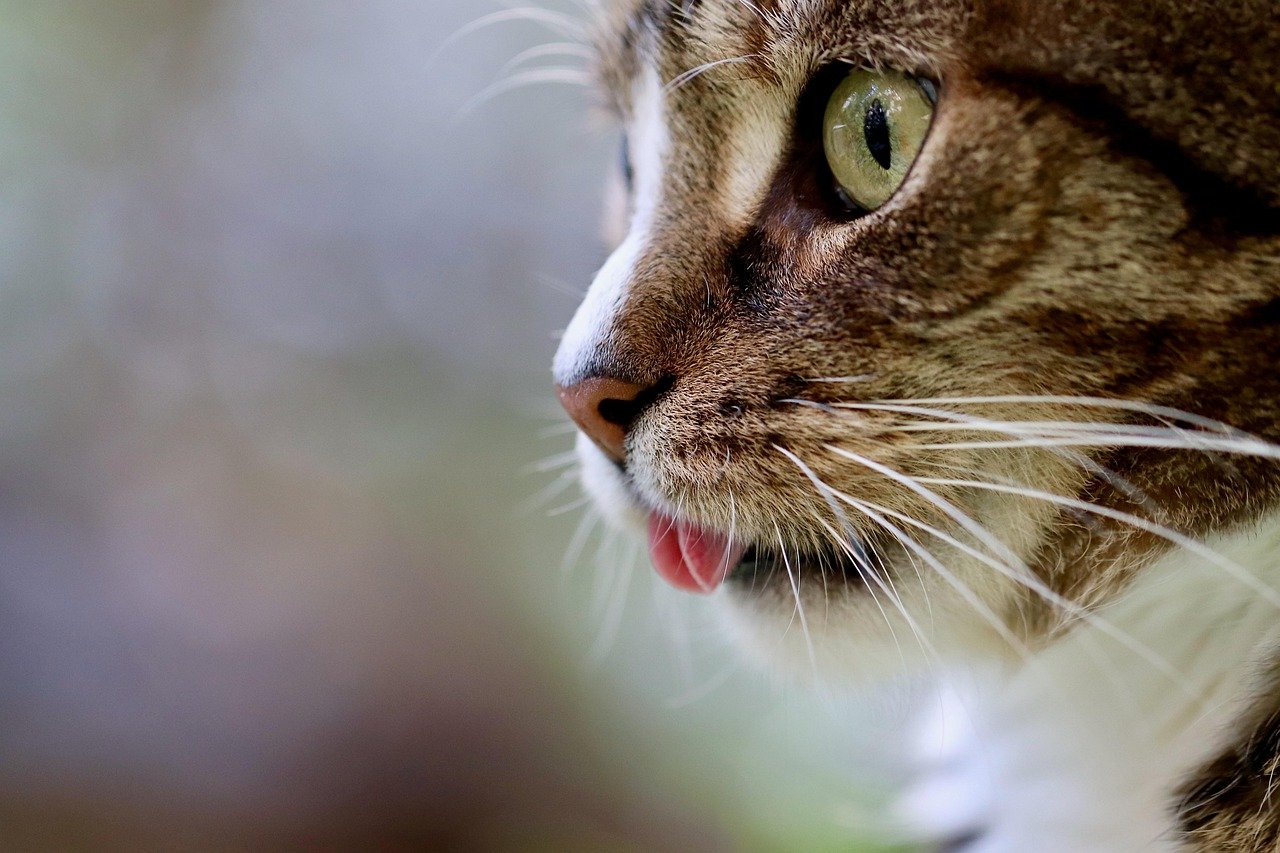
Purring is one of the most soothing sounds in the animal kingdom, yet it often happens in moments of quiet intimacy. Cats rarely purr loudly amid chaos. Instead, they save this special vibration for silent times when they feel most secure and loved. When your cat curls up and purrs softly in your lap, it’s a clear sign that silence is the soundtrack to their happiness. This gentle hum is your cat’s way of saying, “I trust you.” Cherish these quiet, purring moments—they’re a testament to the bond you’ve built together.
How Kittens Learn to Love Silence

Even from a young age, kittens are taught by their mothers to value quiet environments. In the wild, excessive noise could attract predators, so mother cats keep their litters hush-hush. Kittens grow up associating silence with safety and comfort. As they mature, this early lesson sticks. Adult cats instinctively seek out silent spaces and gentle companionship, remembering the security of their kittenhood. By honoring your cat’s innate need for calm, you’re tapping into their deepest instincts.
Respecting a Cat’s Need for Space

Cats are independent creatures. Sometimes, the best thing you can do to bond with your cat is to give them space and silence. When a cat retreats to a quiet corner or hides away, they’re not rejecting you—they’re seeking comfort. Allow them to come to you on their terms. Over time, your respect for their boundaries will build trust. Eventually, they’ll reward your patience by choosing to share their silent moments with you.
The Magic of Early Morning and Late Night

Cats are crepuscular, meaning they’re most active during dawn and dusk. These times of day are usually quietest, with the world still asleep or winding down. It’s during these magical hours that cats are most likely to seek out affection and companionship. Sharing a sunrise stretch or a late-night cuddle in peaceful silence deepens your bond. It’s as if your cat knows these quiet moments are sacred, reserved just for the two of you.
Recognizing Signs of Overstimulation
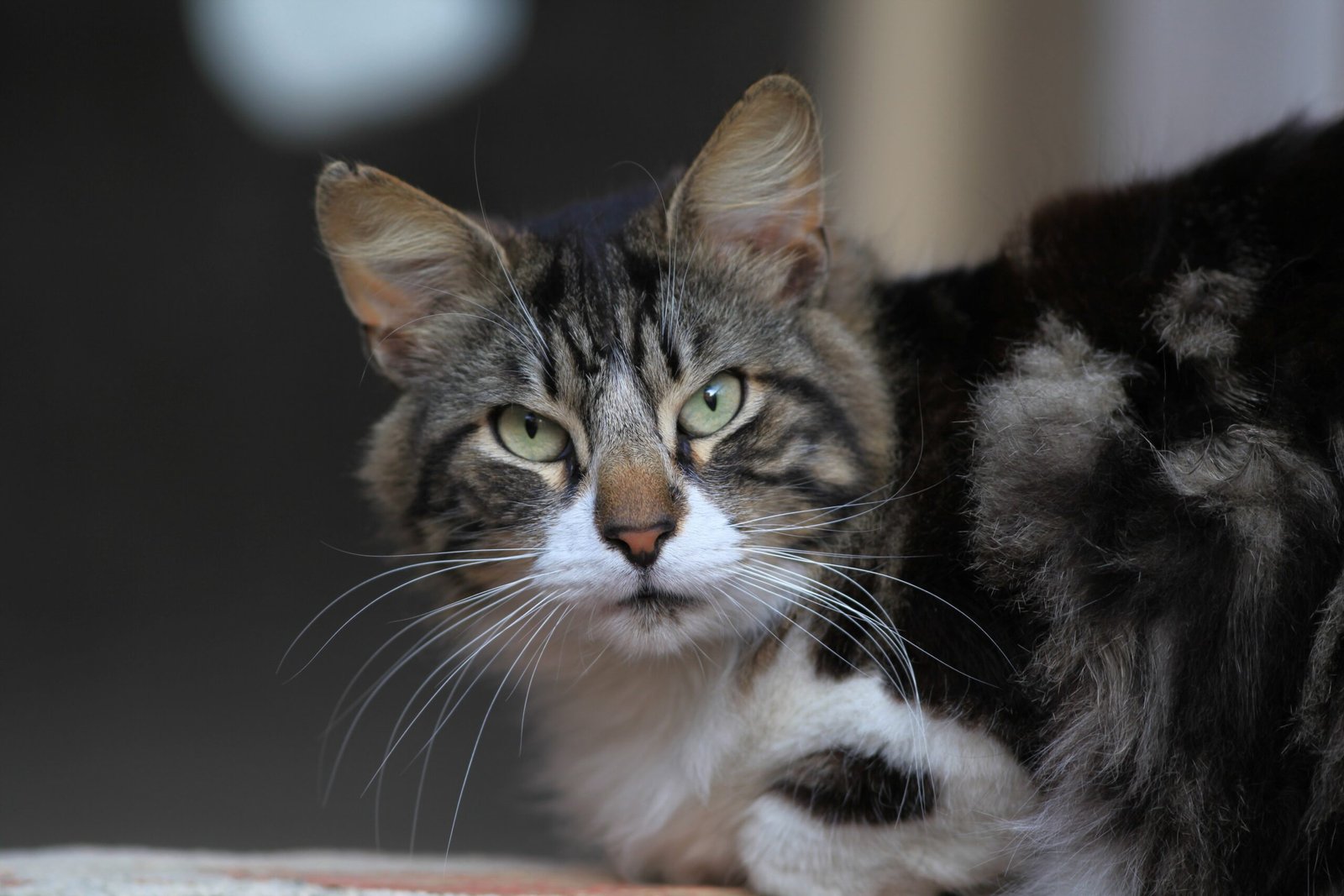
Cats can become overstimulated by too much noise or attention. Signs include twitching tails, flattened ears, or sudden darting away. If you notice these behaviors, it’s time to dial things back and restore calm. Giving your cat space and turning down the volume shows you’re tuned in to their needs. Recognizing when to be silent is just as important as knowing when to show affection. Your cat will appreciate your sensitivity and reward you with trust.
Building Rituals of Silence

Cats love rituals, and nothing says “I love you” like a daily dose of shared silence. Whether it’s a morning meditation together, a quiet coffee break, or a bedtime wind-down, these silent rituals become the fabric of your bond. Over time, your cat will anticipate and look forward to these peaceful moments. Building habits around silence helps your cat feel grounded and emotionally secure. It’s a simple, yet powerful, way to strengthen your connection.
Using Silence to Soothe Anxious Cats
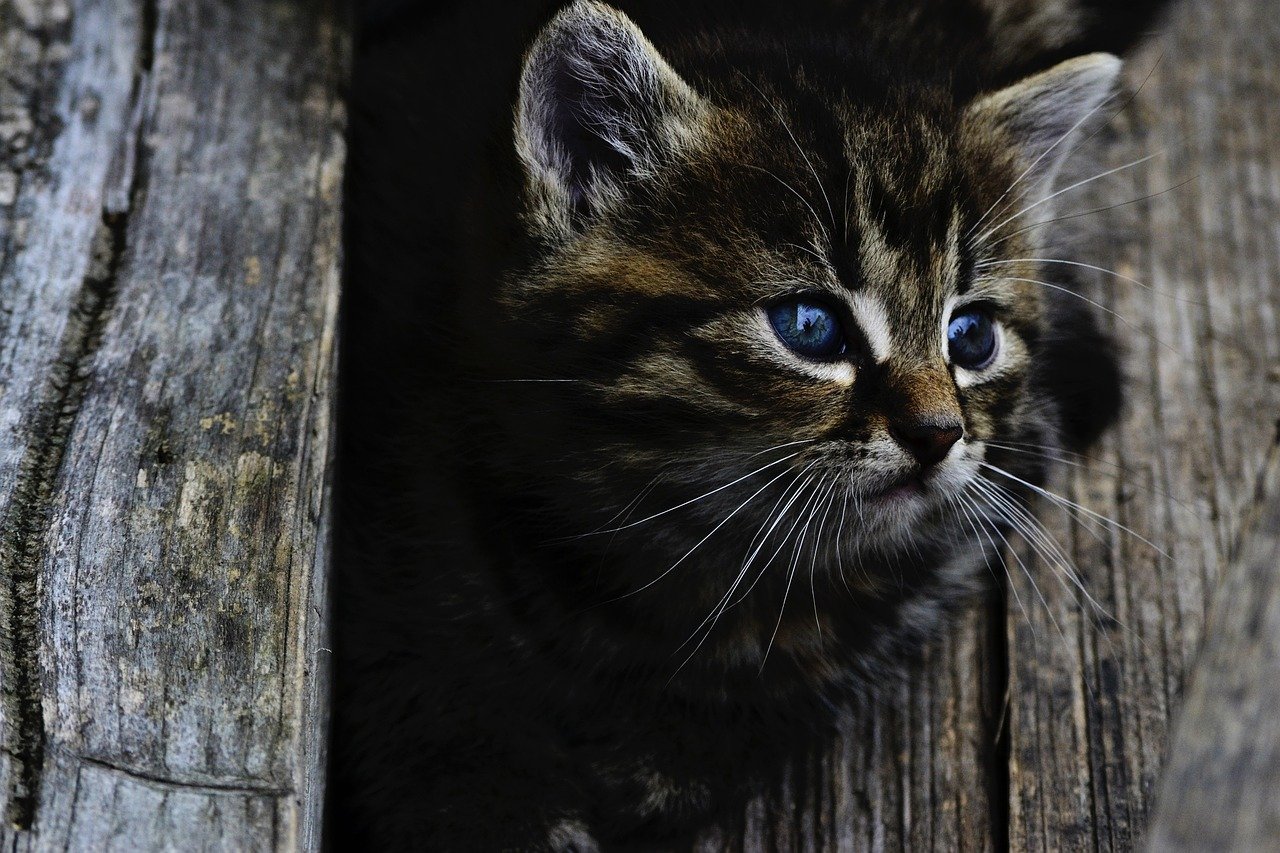
Cats prone to anxiety or nervousness benefit tremendously from silence. If your cat is shy, newly adopted, or recovering from a stressful event, create a quiet haven for them. Avoid loud noises and sudden changes. Instead, sit nearby in silence, offering gentle reassurance without words. Over time, your patient presence will help your cat relax and feel safe. Silence works like a balm, soothing frazzled nerves and fostering confidence.
The Role of Touch in Silent Bonding

Physical touch, when combined with silence, is a potent bonding force. Slow, gentle pets or a soft brush during a quiet moment can work wonders. In these silent interactions, your cat feels your attention and care without sensory overload. Sometimes, just resting your hand near your cat is enough to communicate love. Touch in silence is a language all its own, one that cats understand and cherish.
Observing Your Cat’s Favorite Quiet Spots
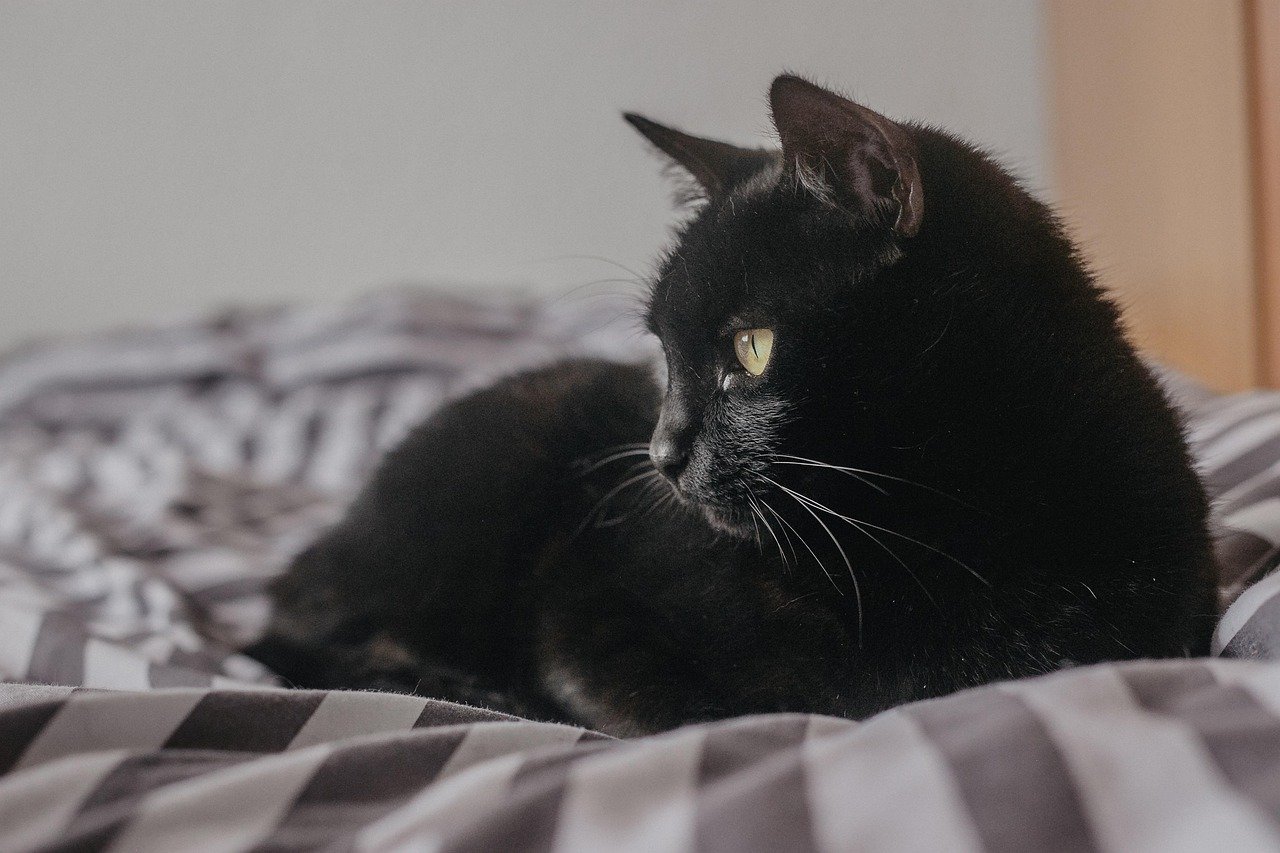
Pay attention to where your cat chooses to rest. Favorite napping spots are usually tucked away from noise and commotion. These quiet zones are your cat’s way of seeking peace. By respecting and even sharing these spaces—perhaps by sitting nearby with a book or simply being present—you reinforce your bond. Let your cat know you value their need for calm, and they’ll trust you even more.
Why Cats Avoid Loud Gatherings
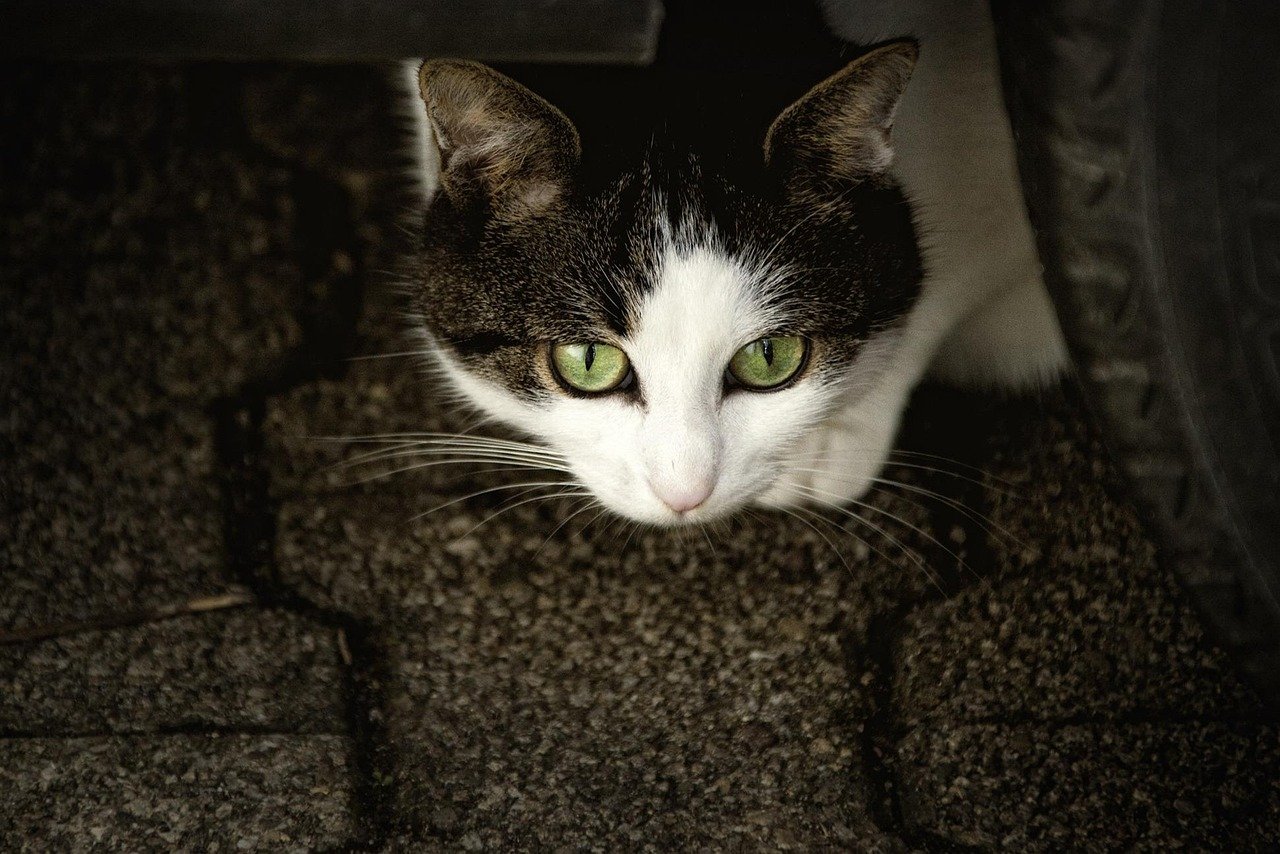
It’s no coincidence that cats often disappear during parties, holidays, or family gatherings. The surge of voices, laughter, and movement can be overwhelming. During these times, cats retreat to silent refuges where they feel invisible and safe. Understanding this behavior helps you plan ahead—provide a quiet room or cozy hideaway for your cat when guests arrive. Your cat will remember your consideration and feel closer to you for it.
Silence as a Sign of Mutual Respect

Silent moments between you and your cat are built on respect. When you refrain from forcing interaction or filling the air with noise, you’re honoring your cat’s unique nature. This mutual respect lays the groundwork for a lasting, loving relationship. Over time, your cat will offer their own silent gestures of affection—like slow blinks, gentle headbutts, or simply choosing to be near you. In these quiet exchanges, true companionship blossoms.
The Lasting Impact of Quiet Bonding
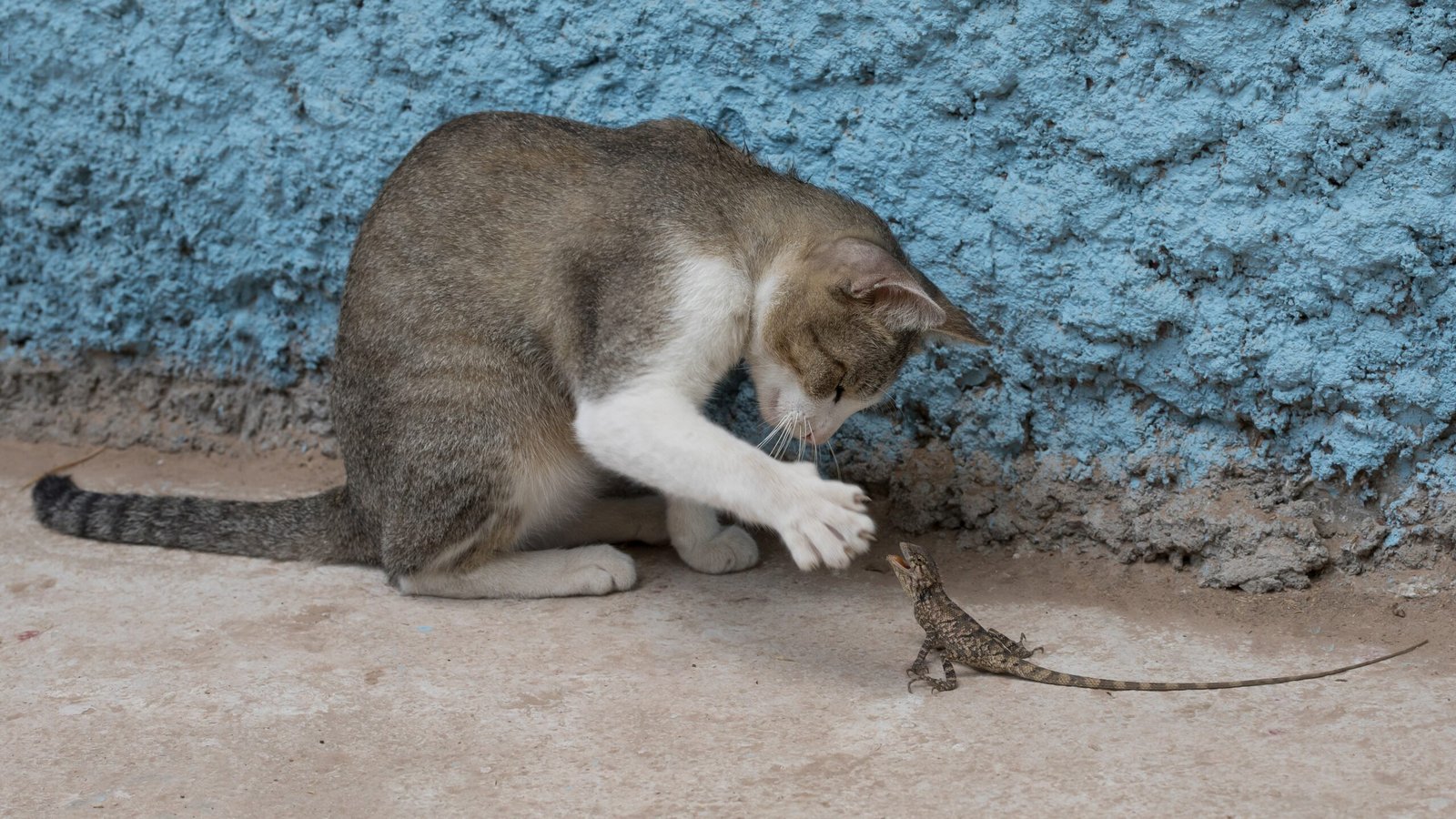
The bonds formed in silence are the most enduring. Cats remember the people who make them feel safe and cherished without demanding attention or noise. Years from now, your cat will still seek out your peaceful presence, curling up beside you in times of joy or uncertainty. In the end, it’s the silent moments that linger in the heart—proof that love doesn’t always need words or sound to be heard.
Hi, I’m Bola, a passionate writer and creative strategist with a knack for crafting compelling content that educates, inspires, and connects. Over the years, I’ve honed my skills across various writing fields, including content creation, copywriting, online course development, and video scriptwriting.
When I’m not at my desk, you’ll find me exploring new ideas, reading books, or brainstorming creative ways to solve challenges. I believe that words have the power to transform, and I’m here to help you leverage that power for success.
Thanks for stopping by, Keep coming to this website to checkout new articles form me. You’d always love it!






